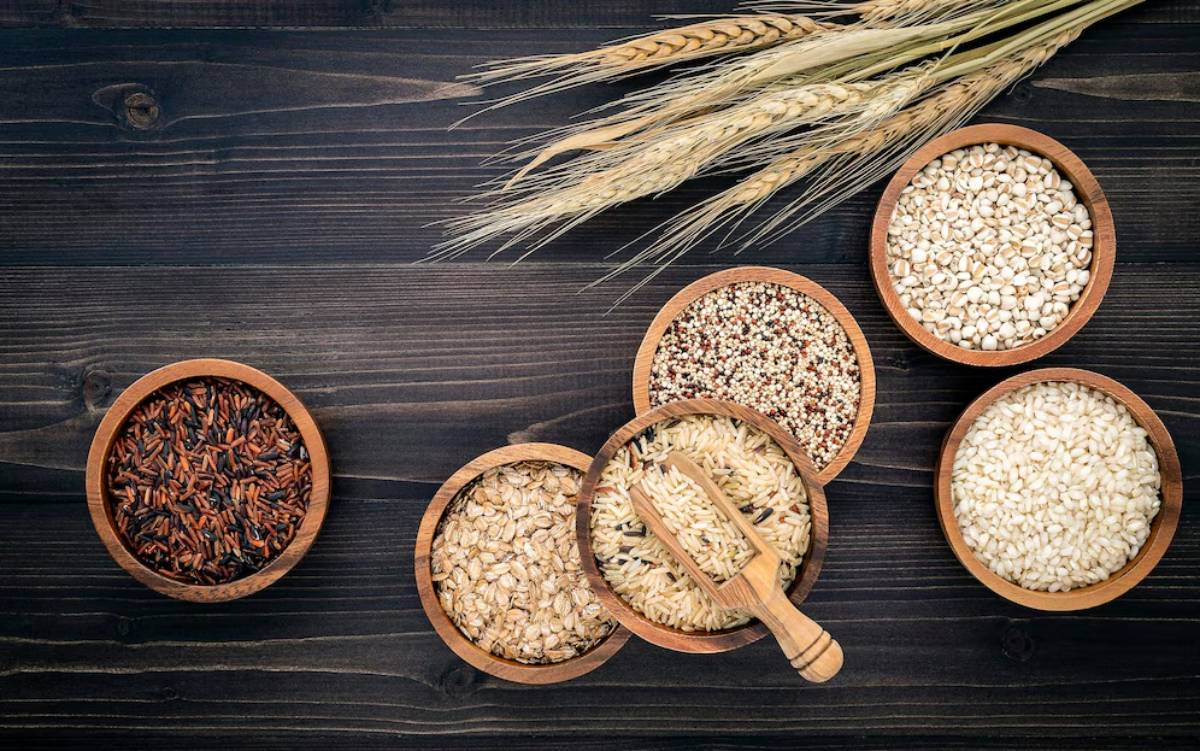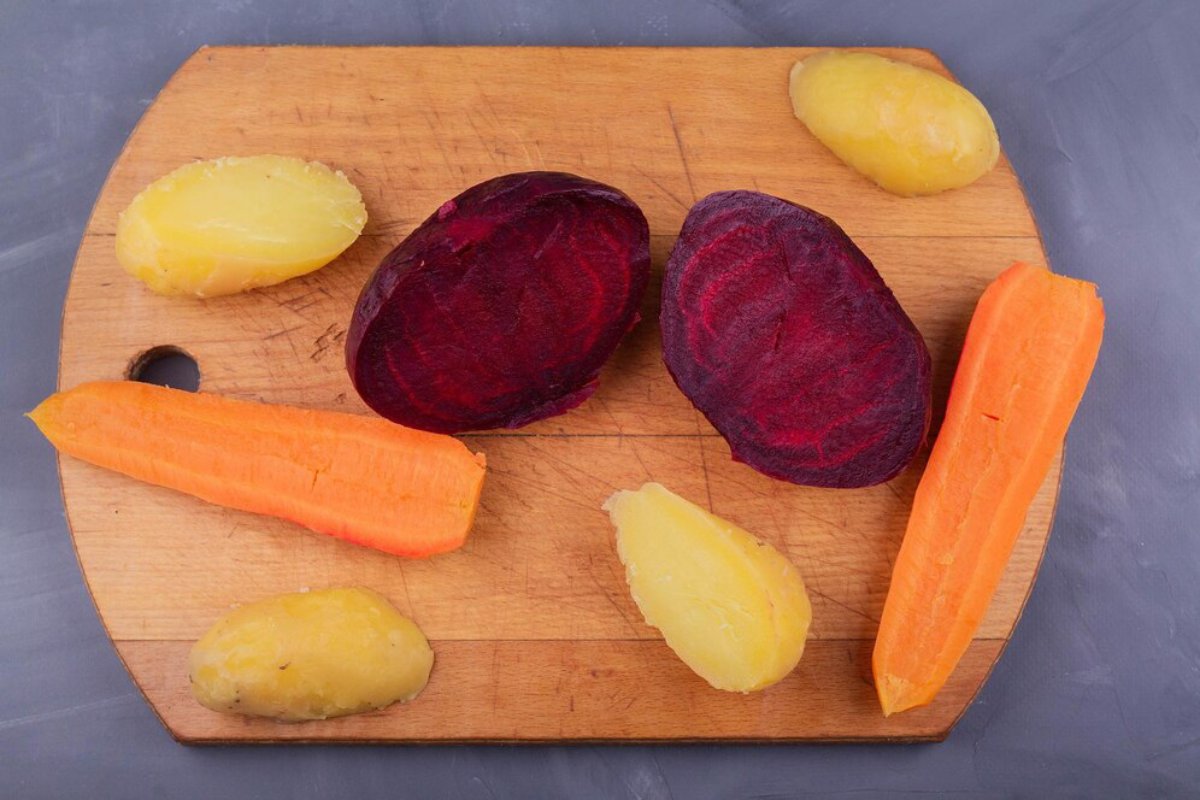The Yoga Blogs

Nutrition Tips to Enhance Your Yoga Practice
You’ve just finished a refreshing yoga session. Your breath is steady, your mind is calm, and your body feels alive. But then, you grab a processed snack, sip a sugary latte, or skip food altogether — and that inner peace starts to fade.
We often focus on the mat — the poses, breath, and alignment — but we forget another key part of yoga: what we eat. Just as movement and mindfulness shape how you feel, food plays a crucial role, too. Your yoga nutrition can mean the difference between fleeting calm and lasting clarity.
In this article, we’ll explore how diet and yoga support each other. Thoughtful eating is key to mental clarity, energy, and emotional balance. You’ll discover foods that boost your practice, habits to change, and ways to eat that nourish you like your yoga flow does.
The Yogic View of Food: Fuel for Body and Mind
More Than Just Calories
In yogic philosophy, food isn’t just fuel — it’s prana, or life force. How you eat, the freshness of your ingredients, and even your mindset while eating can either boost your energy or weigh you down.
Yoga promotes sattvic eating — a way of nourishing the body that encourages clarity, calmness, and vitality.
This style of eating is:
- Pure and natural
- Light and easy to digest
- Calm and non-stimulating
This doesn’t mean strict dieting. It means eating mindfully, ethically, and in line with how you want to feel.
Why Nutrition Matters for Mental Clarity in Yoga
The Brain-Gut Connection
The gut-brain axis is real. Over 90% of serotonin (linked to mood and cognition) is made in the gut. When your digestion is off, your mental clarity and emotional balance can suffer.
Energy Without Stimulation
Yoga helps you find steadiness. This can be tough when you’re riding the sugar or caffeine highs and lows. A balanced yoga diet supports stable energy, calm alertness, and a lightness that helps both movement and meditation.
Yoga-Friendly Foods for Mental Clarity
Here are some mental clarity foods that pair well with your yoga practice. Think of these as supportive allies — gentle, grounding, and nourishing.

1. Whole Grains
Brown rice, oats, quinoa, and millet provide slow-burning energy. They keep blood sugar stable and prevent foggy-headedness.
- Best for: Morning yoga or post-practice meals
- Why: They fuel both body and brain, keeping you grounded.
2. Leafy Greens
Spinach, kale, and fenugreek (methi) pack a lot of iron, folate, and magnesium. These nutrients help keep your brain and nerves healthy.
- Best for: Lunch or dinner
- Why: Greens nourish the brain and aid digestion.
3. Nuts and Seeds
Almonds, flaxseeds, pumpkin seeds, and walnuts boost brain health. They’re rich in omega-3s, protein, and minerals that enhance focus.
- Best for: Midday snacks or post-yoga recovery
- Why: Small in size, big in benefits.
4. Fresh Fruits
Seasonal fruits like berries, apples, bananas, and papayas are rich in antioxidants, fibre, and natural sugars.
- Best for: Pre-practice boost or afternoon energy
- Why: They hydrate and energise without overstimulation.

5. Root Vegetables
Sweet potatoes, carrots, and beetroot help ground you, especially if you feel scattered.
- Best for: Evening meals or after intense yoga
- Why: Their earthy nature brings emotional balance.
6. Herbal Teas
Tulsi, chamomile, ginger, and peppermint teas help digestion. They ease anxiety and hydrate you, too. Plus, they don’t cause caffeine jitters.
- Best for: Pre-meditation or wind-down rituals
- Why: They soothe the nervous system and sharpen focus.
Eating Habits That Complement Your Yoga Lifestyle
It’s not just what you eat — it’s how you eat. These mindful habits come from yogic philosophy and practical wellness.
1. Eat in a Calm State
Your body needs calm to digest well. Sit down, breathe, and avoid multitasking.
- Tip: Light a candle or play soft music while you eat to create a peaceful vibe.
2. Follow a Light-to-Heavy Progression
Start with lighter foods in the morning and gradually move to heavier meals. This helps digestion and keeps you from feeling sluggish.
- Example: Fruit or porridge in the morning, hearty grains and legumes later.
3. Leave Space After Meals
Don’t practice yoga right after a heavy meal. Give your body 1–2 hours to digest first.
- Alternative: Do restorative yoga or pranayama if you’ve just eaten.
4. Practice Gratitude Before Eating
Take a moment to pause before meals — even a silent “thank you” helps reset your nervous system and improves digestion.
Foods to Approach Mindfully
Yoga doesn’t demand strict elimination, but it invites awareness. Some foods can dull clarity or disrupt stillness if overused.
1. Caffeine
It can boost focus temporarily but often leads to crashes and jitters, especially later in the day.
- Mindful approach: One morning cup, then herbal teas later.

2. Sugar and Processed Foods
These spike blood sugar but leave you depleted.
- Mindful approach: Choose naturally sweet foods like dates or fruit when cravings hit.
3. Excessive Spices or Heavy Fried Foods
These can overstimulate or burden your digestion, especially at night.
- Mindful approach: Enjoy spicy or oily foods for lunch rather than dinner.
Pre- and Post-Yoga Nutrition: What Works Best?
Pre-Yoga: Light and Energising
Ideal options include:
- A banana or a handful of soaked almonds
- A smoothie with fruit and a bit of nut butter
- Herbal tea with honey and lemon
Goal: Provide energy without heaviness.
Post-Yoga: Replenish and Restore
After your session, nourish yourself with:
- A bowl of khichdi (rice and lentil stew)
- A vegetable-rich grain bowl
- Herbal tea with a square of dark chocolate
Goal: Rehydrate, stabilise blood sugar, and support recovery.
Hydration: The Forgotten Element of Clarity
Dehydration can cloud your mind. Even a 1–2% drop in hydration can impair cognitive function.
Yoga tip:
- Start your day with warm water and lemon.
- Sip throughout the day, especially after practice.
- Avoid ice-cold water, which can hinder digestion according to Ayurvedic principles.
Personal Story: A Shift in Clarity Through Nutrition
Three years ago, I practised yoga daily but often felt tired, moody, and foggy by midday. My meals were erratic, driven by convenience. I’d skip breakfast, grab something sugary mid-morning, and feel drained.
Changing my diet was amazing. I added warm porridge in the morning, ate more vegetables, and limited caffeine.
I became more focused during meditation. My energy lasted longer. Emotionally, I felt stable — less reactive and more in tune.
It wasn’t a perfect shift, but it was powerful. It reminded me that clarity comes not only from stillness but also from sustenance.
Nourish the Mind Through the Body
Your yoga practice doesn’t end with your last pose — it continues on your plate. How you eat shapes your clarity, breath, and presence on the mat and in life.
Choosing foods that support mental clarity, emotional balance, and physical vitality doesn’t have to be hard. Start with small changes: add more greens, eat mindfully, and swap that second coffee for tea.
Over time, you’ll notice the shift in your body and your mind.
What food makes you feel most clear and energised? Leave a comment with your thoughts. Share this article with a fellow yogi. Also, subscribe for more wellness content that mixes tradition and modern living.
Because clarity isn’t just about what you do on the mat — it’s also about how you nourish yourself beyond it.









